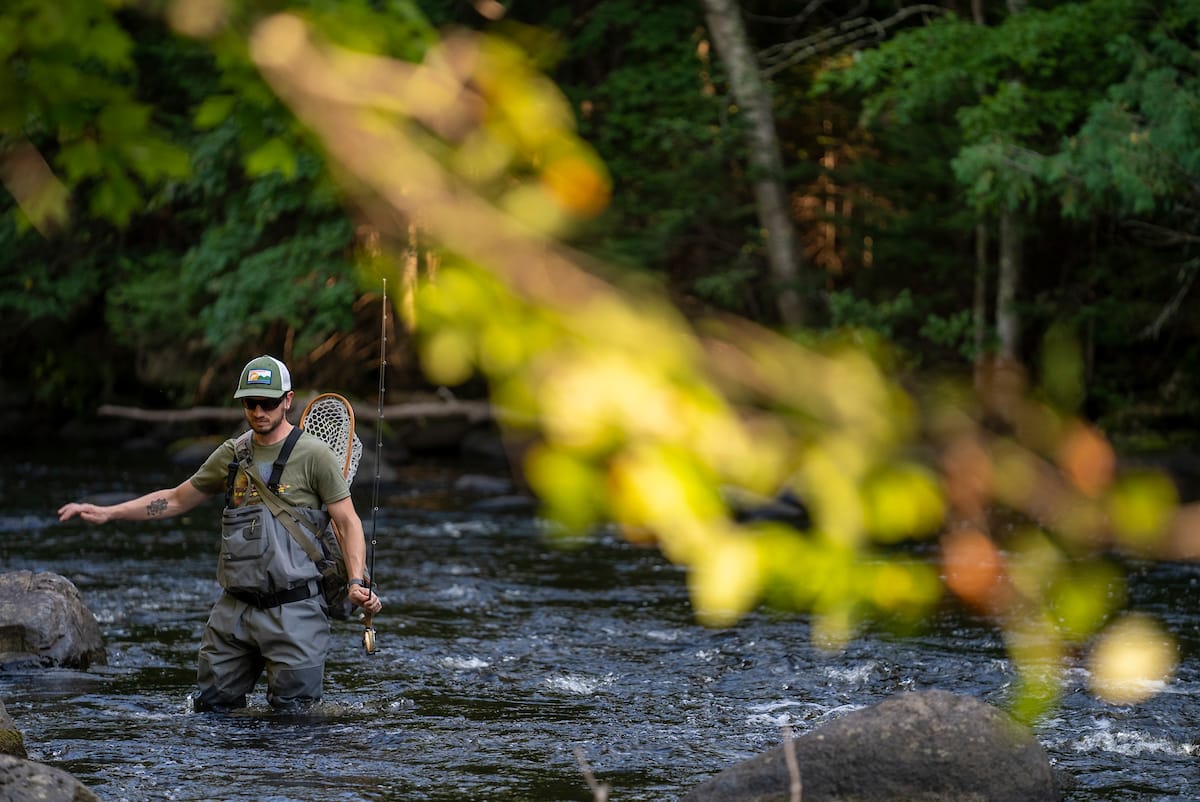Last week, after years of work by TU advocates and our partners, legislation was signed into law in Wisconsin that will create a pre-disaster flood resilience grant program.
The grant program, funded at $2 million in the 2023-25 state budget, will support flood risk assessments and project implementation.
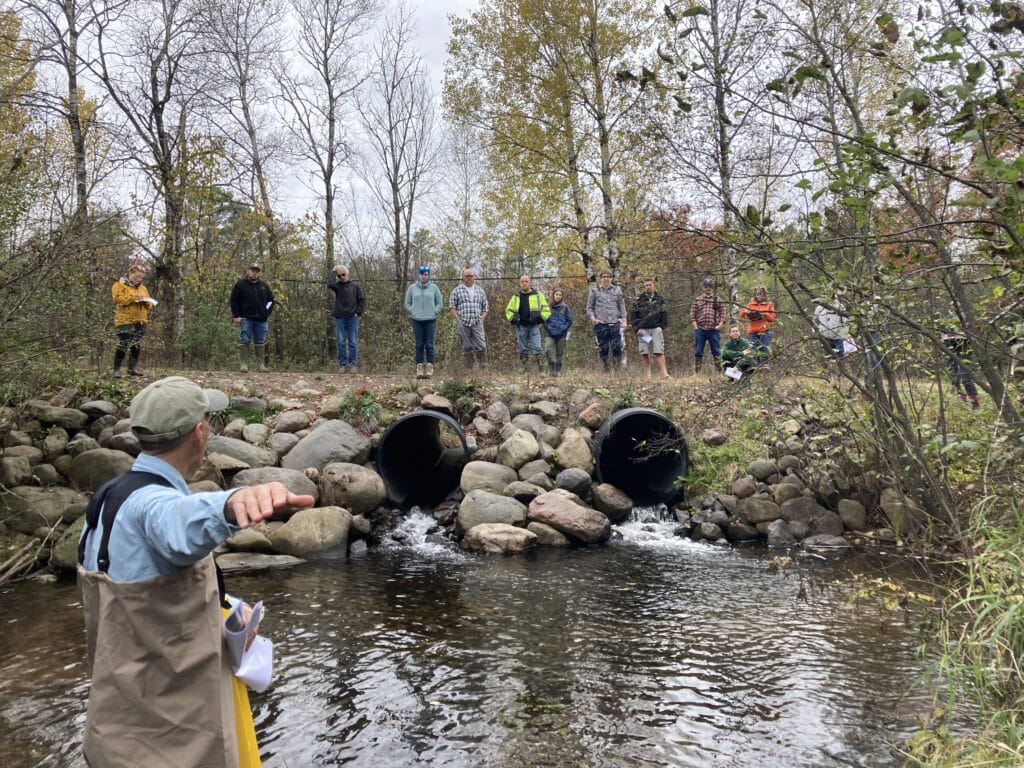
TU’s Wisconsin advocacy chair, Mike Kuhr, who worked on the legislation from its introduction in 2022 until its passage in 2024, noted the benefits of the new program: “From decades of working with local, state and federal partners, TU understands that good functioning wetlands and a proper connection to a river’s flood plain can greatly reduce the flood risk to downstream infrastructure.”
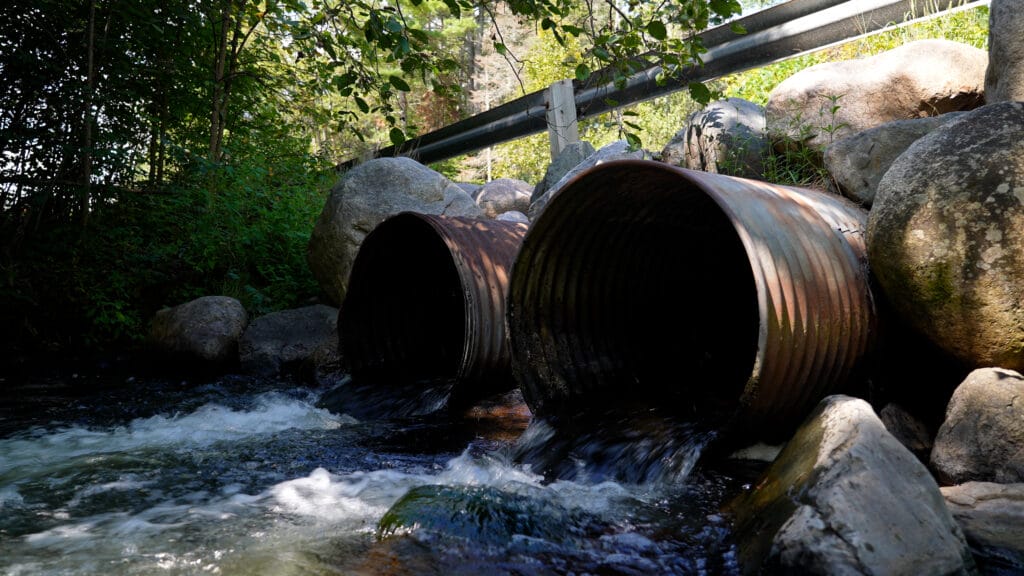
Programs like these are vital to enabling communities to get out ahead of flood impacts. In Forest County, Wisc., Highway Commissioner Bill Anderson had to routinely close a road with a particularly flood-prone stream crossing to prevent accidents, knowing that over half of all flood-related drownings occur when a vehicle is driven into hazardous flood water.
The problem for Forest County—a common problem across rural counties—is that the cost of installing a larger culvert that would decrease flood risks exceeded the county’s entire annual road budget.
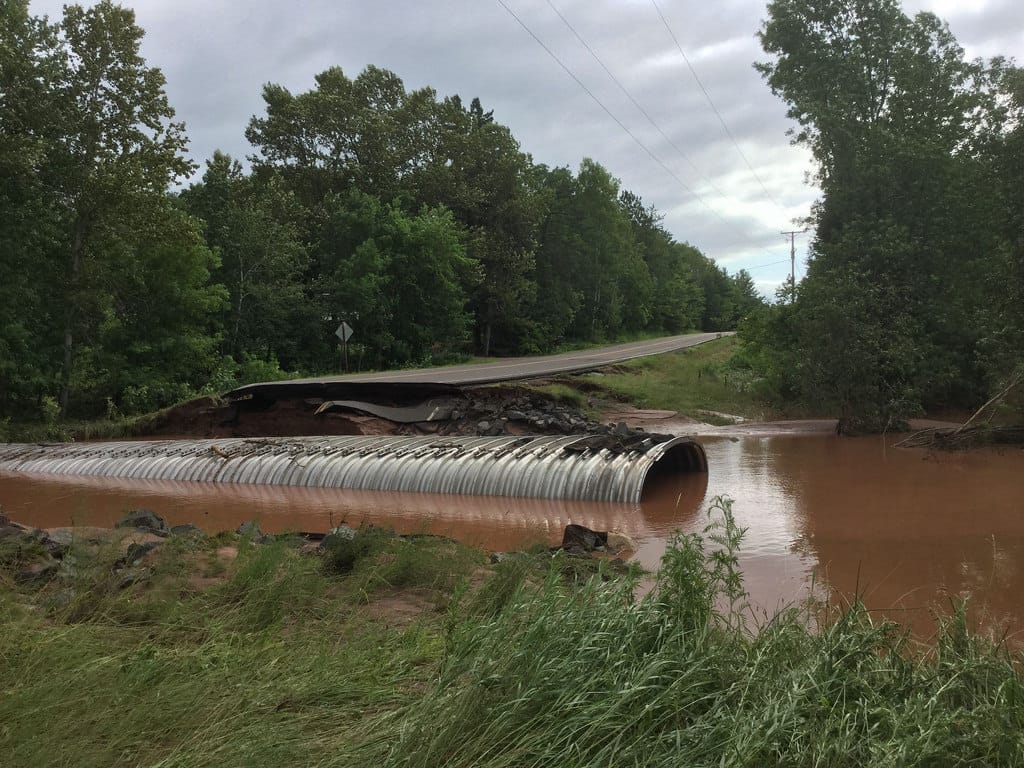
TU worked with Forest County and Wisconsin Emergency Management toward a plan for replacing the culvert. The availability of grant programs like Wisconsin’s new State Pre-Disaster Flood Resilience Grant gives communities hope for addressing their greatest flood risk challenges.
When we take action to restore wetlands and upgrade culverts, we are not only reducing flood risks, we are improving habitat and water quality and removing barriers to fish migration. The wide array of benefits from these projects leads to strong partnerships between local government, state fish and wildlife agencies, nonprofits and emergency management agencies.
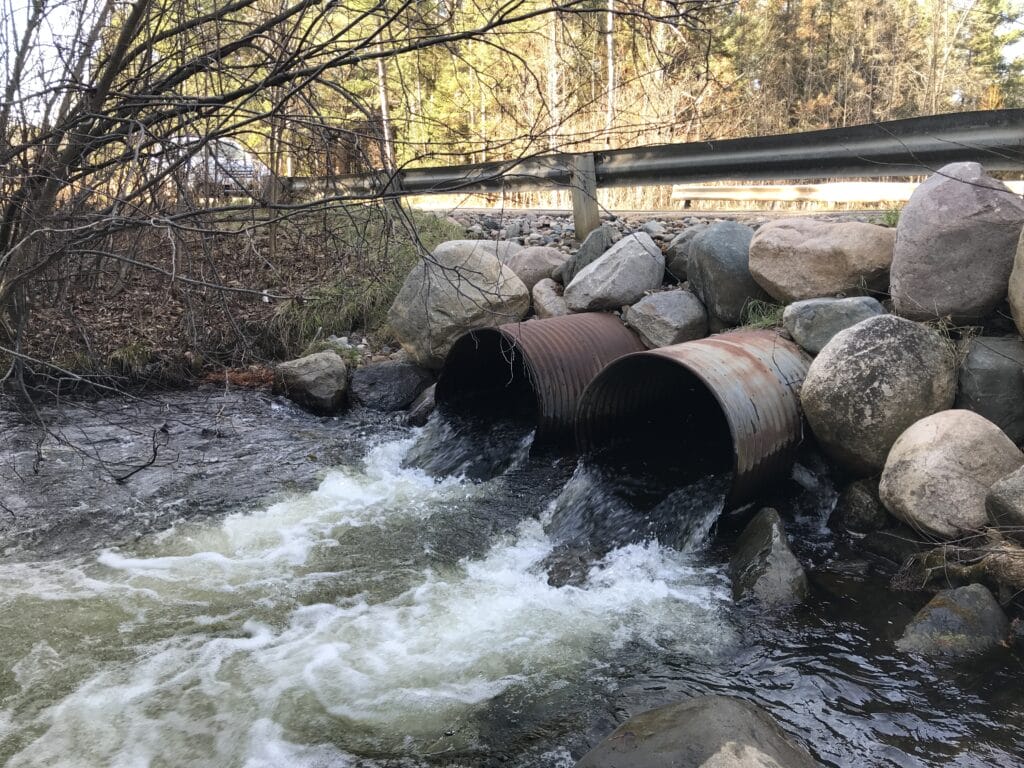
“By establishing this program, Wisconsin is showing great leadership in proactively addressing the flood resilience needs of communities and watersheds,” said Trout Unlimited vice president for eastern conservation, Keith Curley. “I am grateful to TU chapter and council leaders in Wisconsin, the Wisconsin Wetlands Association and Wisconsin Towns Association for their foresight and perseverance in getting this legislation across the finish line.”



